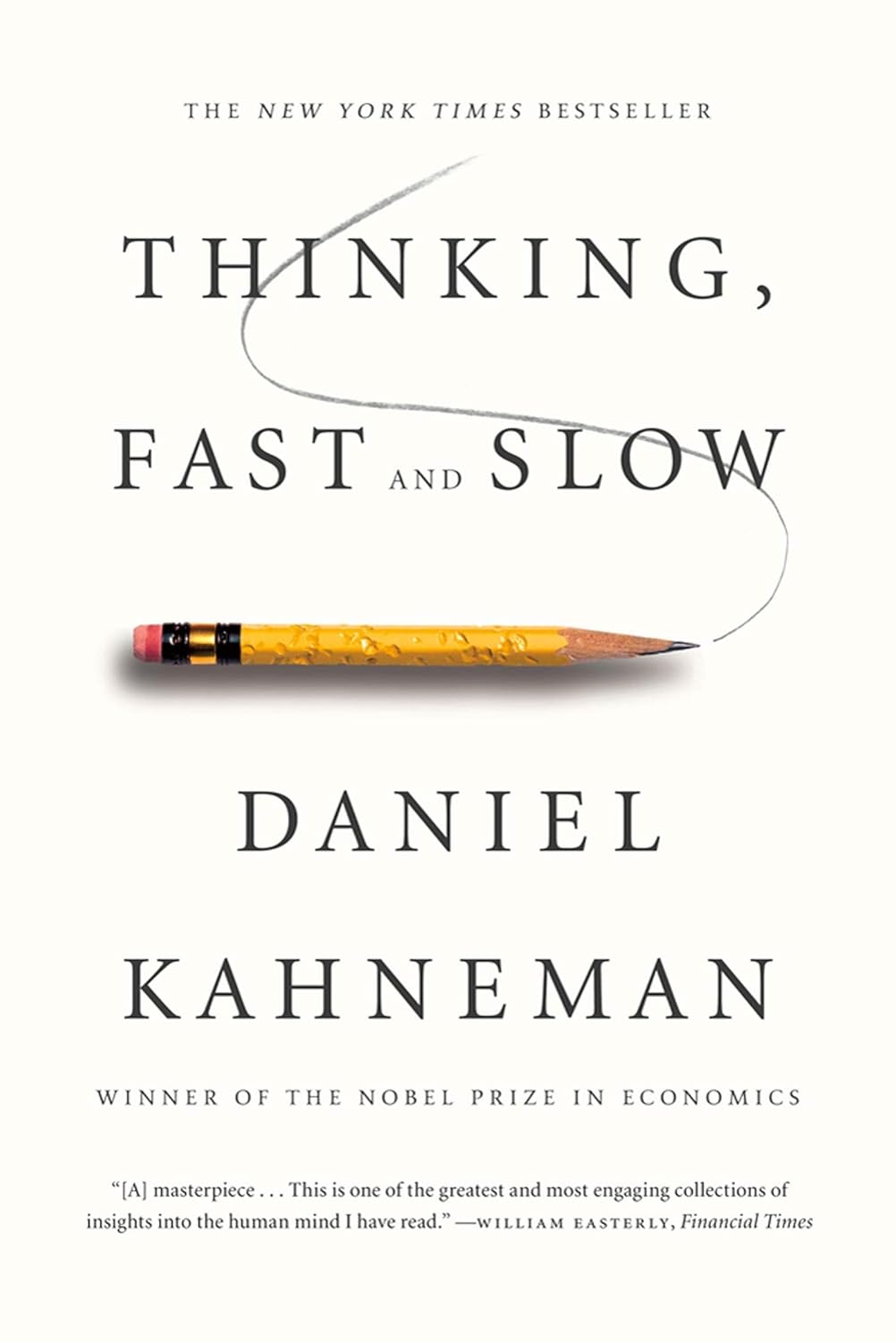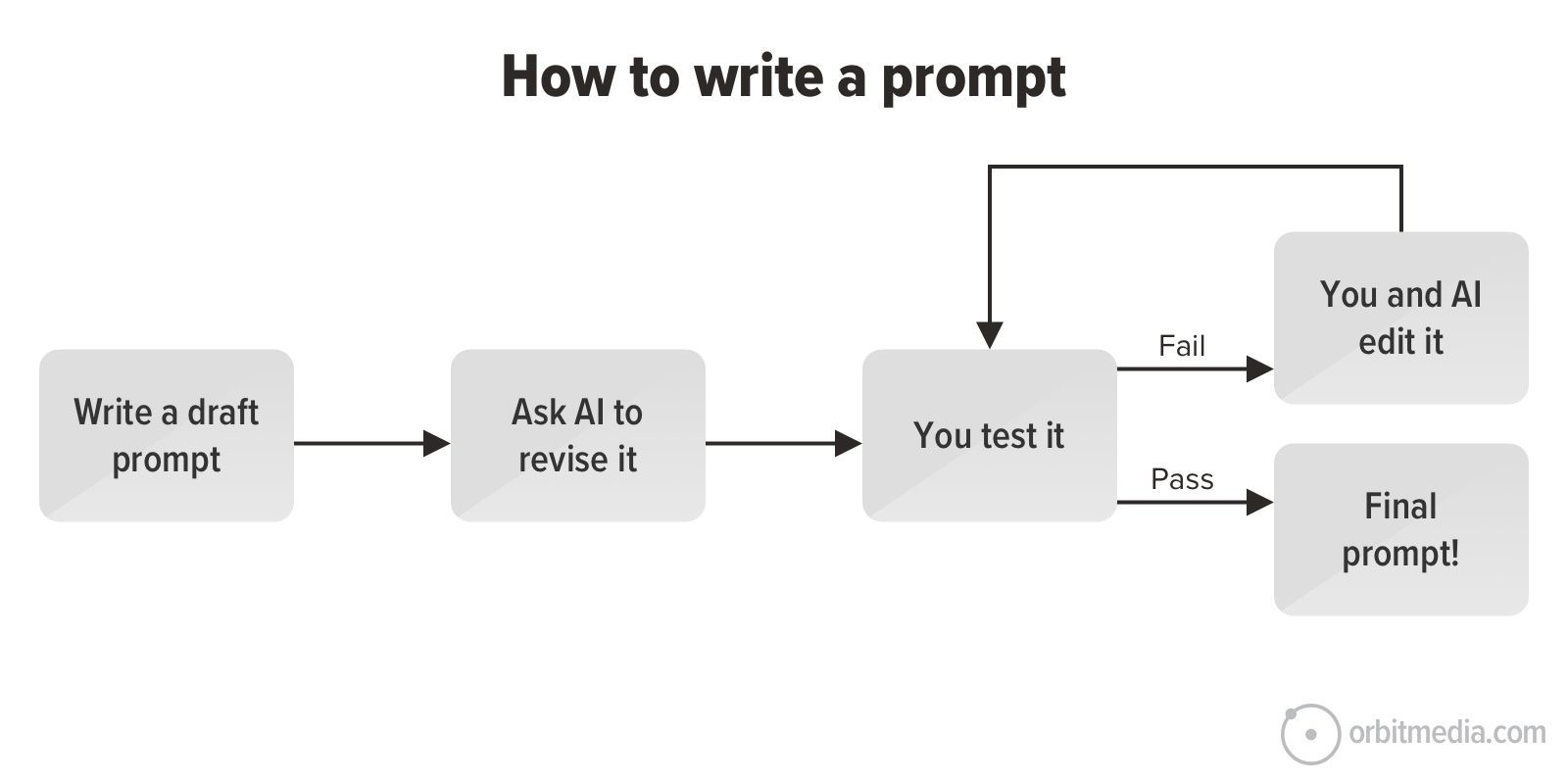Risks create opportunities in the insurance sector
At the Exceptional Women Alliance (EWA), we enable high level women to mentor each other to enable each leader to achieve personal and professional happiness through sisterhood. As the nonprofit organization’s founder, chair, and CEO, I am honored to interview and share insights from some of the thought leaders who are part of our peer-to-peer mentoring. Our insights today come from Susan Holliday, board director and adviser, who speaks about her global career in the insurance industry, spotting new risks and turning them into opportunities. Q: Your career has addressed various issues related to the insurance industry. What are some recent challenges? Susan Holliday: I entered the insurance industry by chance, as so many people do. It is a fascinating sector because you learn about global challenges from climate change to driverless cars, pandemics, geopolitical risks, and new technologies, to name just a few. New risks bring new opportunities in insuring the risks for people, companies, and governments. Q: Can you give me some examples? Holliday: Yes, a new risk that became insurable during my career, specifically after the 9/11 tragedy, was terrorism. More recently, cyberinsurance doubled in premiums between 2017 and 2020 and then again 2020 to 2022. The two new opportunities I’m most excited about are AI along with crypto and blockchain. There are many new risks for people and companies around these issues, and at the same time, the insurance sector can make use of these new technologies in different ways to be more efficient and to help their clients manage risk. This is also an opportunity to develop new insurance products to cover the risks. I see the market going the same way as cyber. In order to get insurance, companies will have to show they are meeting certain risk management standards, and the insurance is also going to focus on monitoring and prevention, not just paying claims after there is a problem. Q: You mention crypto and blockchain. That’s not talked about nearly as much as AI. Why now? Holliday: I’m doing a lot of work in this space now, because it is becoming more mainstream and soon all sorts of companies will be getting involved with it in some way. This is driven by several factors: real use cases getting implemented, a more friendly stance towards crypto from the current U.S. administration, and some new legislation being proposed or passed in various parts of the world, like Europe, Singapore, and Australia. This means a wider range of companies that have never thought about crypto, and are probably terrified by Bitcoin, are going to want to explore and fully understand the upside and downside risks. There are important opportunities for the insurance sector too. In some cases, using blockchain or crypto can actually reduce risks. There are new risks such as losing the keys to a wallet which means you can’t access your cryptocurrency, or someone who has the keys can steal it. New insurance products are going to be created, along with risk management standards to be able to actually buy the insurance, so it will improve security overall. Q: What kind of use cases are you expecting? Holliday: We have seen some companies invest in Bitcoin as part of their treasury management. Individual investors have more opportunities to invest in Bitcoin and other cryptocurrencies now because there are a number of exchange-traded funds (ETFs) available, which means the investor can get exposure without having to deal with a wallet, keeping control of the keys and custody. Stablecoins are cryptocurrencies based on a fiat currency such as the dollar or the euro. Stablecoins are increasingly being used for international payments, and legislation on stablecoins has been passed in the EU, UK, and some Asian countries and there are currently bills in the U.S. House and Senate. This is likely to increase the use of stablecoins. Blockchains are decentralized digital ledgers which use cryptography to process transactions in blocks. Blockchains are the underlying technology that allow crypto currencies to function. An early use case for blockchain was traceability and authentication of high value assets, such as diamonds. It can also be used to ensure data integrity or authenticate transactions such as a land registry and several governments in different parts of the world have launched initiatives in this area. Recent changes in the U.S. administration’s approach to the regulation of crypto tokens mean that companies are likely to consider issuing or selling tokens, which is already common in gaming companies. We have seen luxury goods and fashion companies use tokens to drive customer loyalty and engagement, although there is still uncertainty over investor acceptance and future regulatory developments. A relatively early use case for blockchain was for smart, self-executing index-based (parametric) insurance contracts. As GenAI picks up s

At the Exceptional Women Alliance (EWA), we enable high level women to mentor each other to enable each leader to achieve personal and professional happiness through sisterhood. As the nonprofit organization’s founder, chair, and CEO, I am honored to interview and share insights from some of the thought leaders who are part of our peer-to-peer mentoring.
Our insights today come from Susan Holliday, board director and adviser, who speaks about her global career in the insurance industry, spotting new risks and turning them into opportunities.
Q: Your career has addressed various issues related to the insurance industry. What are some recent challenges?
Susan Holliday: I entered the insurance industry by chance, as so many people do. It is a fascinating sector because you learn about global challenges from climate change to driverless cars, pandemics, geopolitical risks, and new technologies, to name just a few. New risks bring new opportunities in insuring the risks for people, companies, and governments.
Q: Can you give me some examples?
Holliday: Yes, a new risk that became insurable during my career, specifically after the 9/11 tragedy, was terrorism. More recently, cyberinsurance doubled in premiums between 2017 and 2020 and then again 2020 to 2022. The two new opportunities I’m most excited about are AI along with crypto and blockchain. There are many new risks for people and companies around these issues, and at the same time, the insurance sector can make use of these new technologies in different ways to be more efficient and to help their clients manage risk.
This is also an opportunity to develop new insurance products to cover the risks. I see the market going the same way as cyber. In order to get insurance, companies will have to show they are meeting certain risk management standards, and the insurance is also going to focus on monitoring and prevention, not just paying claims after there is a problem.
Q: You mention crypto and blockchain. That’s not talked about nearly as much as AI. Why now?
Holliday: I’m doing a lot of work in this space now, because it is becoming more mainstream and soon all sorts of companies will be getting involved with it in some way. This is driven by several factors: real use cases getting implemented, a more friendly stance towards crypto from the current U.S. administration, and some new legislation being proposed or passed in various parts of the world, like Europe, Singapore, and Australia. This means a wider range of companies that have never thought about crypto, and are probably terrified by Bitcoin, are going to want to explore and fully understand the upside and downside risks.
There are important opportunities for the insurance sector too. In some cases, using blockchain or crypto can actually reduce risks. There are new risks such as losing the keys to a wallet which means you can’t access your cryptocurrency, or someone who has the keys can steal it. New insurance products are going to be created, along with risk management standards to be able to actually buy the insurance, so it will improve security overall.
Q: What kind of use cases are you expecting?
Holliday: We have seen some companies invest in Bitcoin as part of their treasury management. Individual investors have more opportunities to invest in Bitcoin and other cryptocurrencies now because there are a number of exchange-traded funds (ETFs) available, which means the investor can get exposure without having to deal with a wallet, keeping control of the keys and custody.
Stablecoins are cryptocurrencies based on a fiat currency such as the dollar or the euro. Stablecoins are increasingly being used for international payments, and legislation on stablecoins has been passed in the EU, UK, and some Asian countries and there are currently bills in the U.S. House and Senate. This is likely to increase the use of stablecoins.
Blockchains are decentralized digital ledgers which use cryptography to process transactions in blocks. Blockchains are the underlying technology that allow crypto currencies to function. An early use case for blockchain was traceability and authentication of high value assets, such as diamonds. It can also be used to ensure data integrity or authenticate transactions such as a land registry and several governments in different parts of the world have launched initiatives in this area.
Recent changes in the U.S. administration’s approach to the regulation of crypto tokens mean that companies are likely to consider issuing or selling tokens, which is already common in gaming companies. We have seen luxury goods and fashion companies use tokens to drive customer loyalty and engagement, although there is still uncertainty over investor acceptance and future regulatory developments.
A relatively early use case for blockchain was for smart, self-executing index-based (parametric) insurance contracts. As GenAI picks up steam and we see the prospect of agentic AI, we are likely to see this technology being deployed more frequently as we see AI agents transacting with each other.
Q: That is a lot of change especially for those uneducated in the topic. What is your advice?
Holliday: The message is, even if you have no intention of ever investing in Bitcoin, business leaders need to keep an eye on that is going on in the crypto and blockchain space because it’s going to impact many sectors and industries.
Larraine Segil is founder, chair, and CEO of The Exceptional Women Alliance.









































































































![Building A Digital PR Strategy: 10 Essential Steps for Beginners [With Examples]](https://buzzsumo.com/wp-content/uploads/2023/09/Building-A-Digital-PR-Strategy-10-Essential-Steps-for-Beginners-With-Examples-bblog-masthead.jpg)















![How to Use GA4 to Track Social Media Traffic: 6 Questions, Answers and Insights [VIDEO]](https://www.orbitmedia.com/wp-content/uploads/2023/06/ab-testing.png)



































